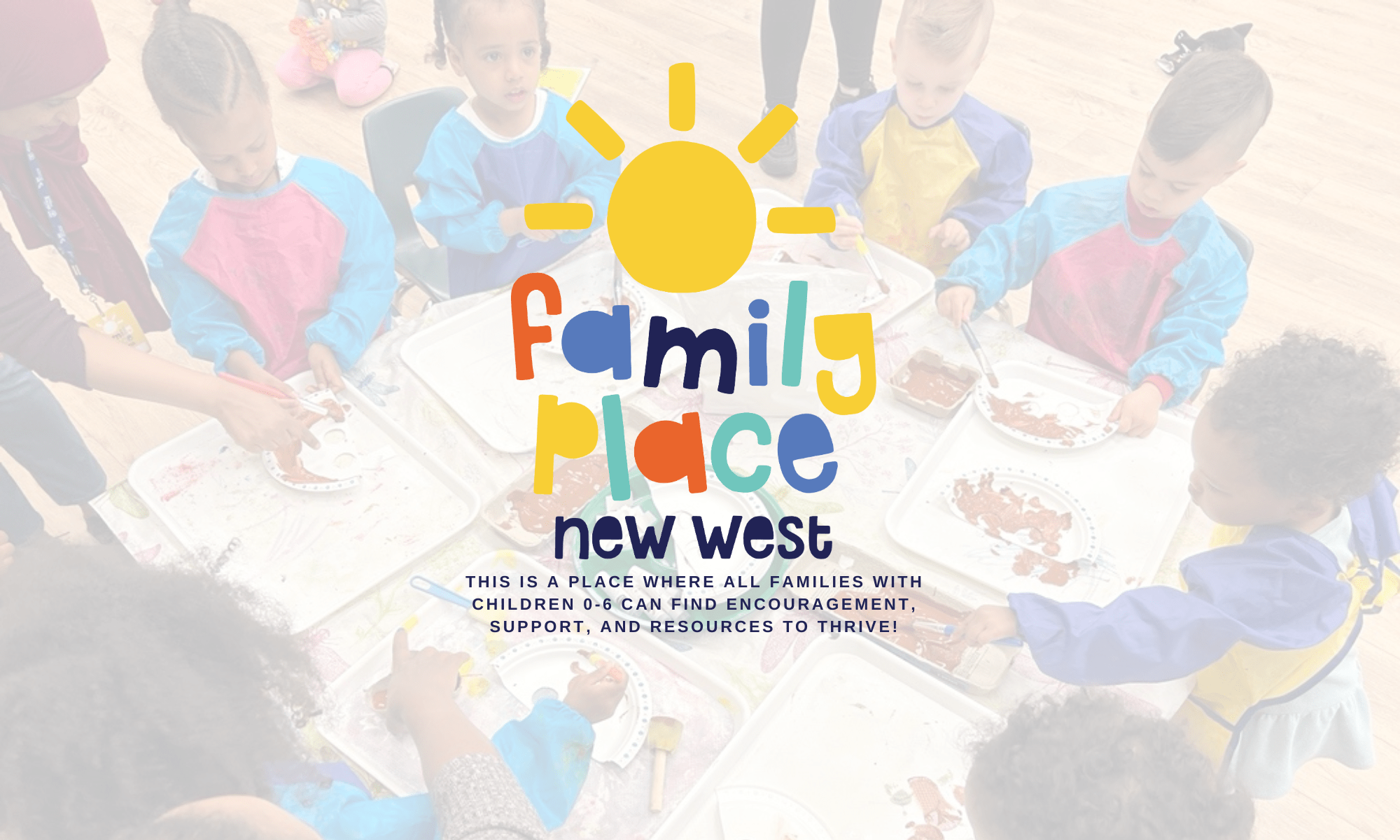
“We believe in the power of connection and community. We strive to build an inclusive community in our spaces, while also connecting families to the community at large.”

Community is a buzzword that often feel/s meaningless in today’s capitalist culture. Government and business have taken it up as a term of commerce and a way to sell things or discriminate against groups of people or categorize them – but communities are not just made up of people who buy the same things or access the same services.
And nobody is only a part of one community.
We all move through and contribute to multiple communities depending on our interests, our needs, our backgrounds, our circumstances, and simply where we physically live our lives.
We can define five different types of community:
Interest. Communities of people who share the same interest or passion.
Action. Communities of people trying to bring about change.
Place. Communities of people brought together by geographic boundaries.
Practice. Communities of people in the same profession or undertake the same activities.
Circumstance. Communities of people brought together by external events/situations.

What does community means to you? What does that look like?
Sometimes this can be a painful question if you feel isolated or alone. Many caregivers do especially when they have young children and are not able to participate in work community or social life or activities the way they used to before having children.
Write down one or two communities that you have been a part of in the past, and one or two that you participate in now. We’ll dive deeper into this in the activity section.

- There is the community we hope for and the community we see, sometimes fractured
- Lots of diversity
- Subgroups, but in the same space
- Staff seek to embrace all the differences to bridge the gaps
- Shared activities can bring people together
- Making space for people and facilitating introductions
- Staff asking questions to the whole group, so people start connecting
- Assessing families as they come in about what they need
- Making connections in the community (other drop ins, etc) and invite them to those communities
- Making community accessible for neurodivergence, different cultures, languages, physical accommodations
- Sense of safety at locations – this includes safety for gender diverse populations and the concept of psychological safety
- Community as a container
- Low key conversations (welcoming, low demand) at the door so you know what people need – helps to set the tone for the space
By facilitating conversations, you break down barriers. By creating safe space at Family Place, we make a welcoming container for community to naturally grow and strengthen.

Make a list of all the different communities you belong to.
Take a piece of paper or open a sketch program and map your communities. This includes work, friends, family activities, likes, interests, online groups, etc.
For example, I’m easily part of over 50 communities, some historical and some current. I’m a graduate of UBC, I was homeschooled, I’m a mother, a mother of three, a member of several professional organizations, and I live and work in the riverfront area of New Westminster.
Which communities are you most active in right now? What communities could you participate in more? Less? How do they overlap?
Think about the New West Family Place community – staff, families, volunteers, funders. What can you do to help strengthen this community and make it inclusive?



